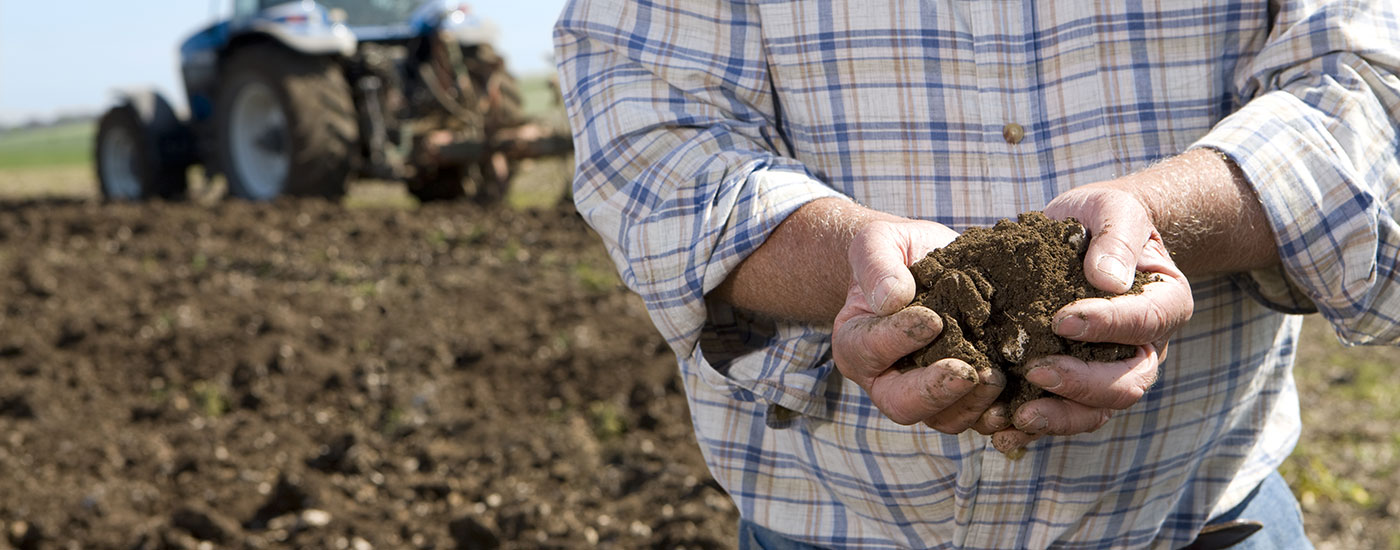We aim to get your soil sample results back to you in 10 days but if you want to hold on to your samples, they should be fine for two or three months depending on the conditions they were stored in. Certain elements of the soil, such as the levels of phosphorus, potassium, and pH levels won’t change quickly, but for more accurate results on organic matter it’s important to have your results ordered as soon as possible.
Soil Sampling

PERSONALISED SOIL SAMPLING FOR YOUR LAND OR GARDEN
From as little as £30 per sample! Choose from…
- Basic Soil:
P, K, Mg, pH, Lime Req. - Broad Spectrum:
P, K, Ca, Mg, S, B, Cu, Fe, Mn, Mo, Zn, Na, CEC, pH, Lime Req. - Broad Spectrum Extra:
P, K, Ca, Mg, S, B, Cu, Fe, Mn, Mo, Zn, Na, CEC, pH, Lime Req. Organic Matter, Sand %, Silt %, Clay %, soil texture classification
Once you’ve ordered your Soil Sampling Kit, we’ll send you a pre-paid envelope containing instructions on how to collect your sample(s). Post it back to us, and we’ll aim to email your report within 10 days.
Please note, this service is best suited for gardeners, allotment holders or smallholdings for larger agricultural units, please contact us today.
AWSM SOIL SAMPLING KIT
| Option | Price |
|---|---|
| Basic | £30 |
| Broad | £50 |
| Extra | £70 |

What is Soil Sampling?
Soil sampling is the process of taking a small sample of soil, which is then sent to a lab to determine the nutrient content. The soil can also be tested for the chemical, physical and biological properties, which are critical to plant nutrition. Basic plant nutrition requires the presence of nutrients such as nitrogen, phosphorus and potassium – soil sampling can also determine the pH levels of the soil alongside humus content, available lime, complete sulphur content and total CaCO3.
The analysis of the soil is carried out by taking samples of the soil and performing laboratory tests, which is then followed by an interpretation of the results. Further recommendations for fertiliser and soil preservation can then be provided.
What is the Benefit of Soil Sampling?
There are a number of key benefits of soil sampling, which include;
Determining the levels of available nutrients currently present in the soil. This can allow the farmer to then consider adding more nutrients to the soil as well as more accurately determining which crops would yield the best growth in that particular soil.
Precision agriculture relies on practices such as soil sampling, which allows producers to sample separate areas of the field to determine factors such as soil type and topography and in order to characterize nutrient levels.
Grid sampling is one of the favourite methods for soil sampling and management, offering a reasonably easy way to facilitate the activity. The samples taken during grid sampling can then be used to create a map which contains soil test value.
How is Soil Sampling Carried Out?
AWSM typically conduct soil sampling by accessing agricultural lands and fields on a quad bike. This allows us to more easily create a GPS soil map of your land, using our satellite-guided handheld GPS unit to accurately map the field. After this we are able to plot on the map, points where samples will be extracted, this will ensure that we extract a true representation of the soil.
We are then able to provide the farmer or landowner with a detailed map of soil samples from the area. This report includes the exact size of the field or areas surveyed, allowing them to more accurately alter cropping areas.
With this system, the farmer gets a detailed map of fields sampled, with exact field sizes which are very useful with all the field margins now altering cropping areas. We can also carry out stand ‘W’ shape samples of fields to gain a basic representation of nutrients.
All soil samples are sent away for independent laboratory analysis and results can be back within 10 days of samples been taken.
How do I take a lawn soil sample?
We provide instructions in our pre-paid envelope on how to collect your soil sample, but you will also need a digging implement, either a spade or a trowel to get at the soil. You should push your spade a little over six inches into the ground before bringing up the earth. The reason we suggest a little over six inches is because the nutrients in soil are stratified, that is, they’re distributed throughout the soil and six inches gives us an average of how nutrient rich your soil is.
When is the best time to take soil samples?
Generally soil samples can be taken at any time, but it can be more beneficial to take them at key dates within your planting calendar so that you can prepare your soil in advance. If you’re sampling repeatedly, year after year, it’s important to collect samples at roughly the same time of year for more accurate results. Late summer or early autumn are typically popular times to gather samples, because it gives time to change the pH of the soil before crops are planted.





